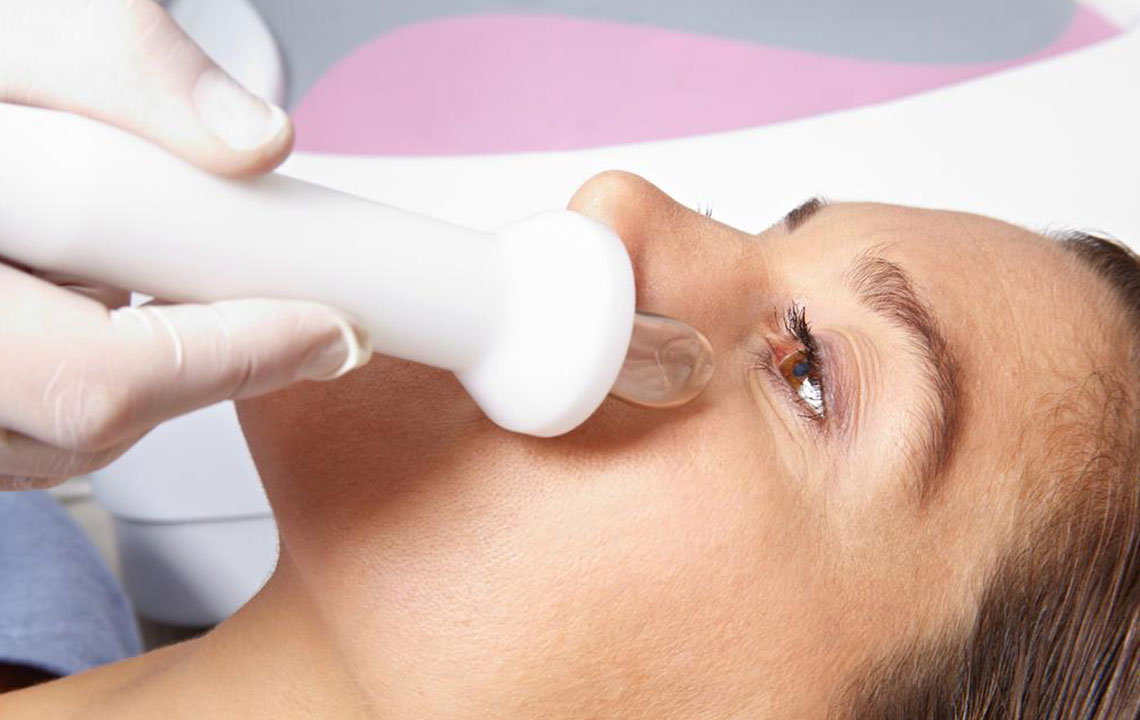The Best Blocked Tear Duct Treatment for You
Tear ducts are a complex system that carries tears out of the eyes and into the nasal canal. The duct begins in the eye sockets and continues down and back.
Excess tears drain into the tear ducts and end in the inferior nasal canal. Tear ducts are also called the nasolacrimal ducts and they are important for healthy eyes.
The nasolacrimal ducts provide a connection between the eyes and the nose, and even indirectly to the throat since the nose connects to the throat. This is why the nose gets stuffy when you cry, and that is why allergies cause watery eyes.

Sometimes the tears ducts can get blocked or obstructed. This can happen at any age, and may even be present at birth ( congenital blocked tear ducts ). Blocked tear ducts can cause an overflow of tears, and congenital cases may evolve into a cystic expansion of the duct.
Blocked tear duct treatment depends on factors like underlying cause, age, and severity.
Structure Of The Tear Ducts
The eyelids push tears across the eyes when they move, i.e., when a person blinks. The tears keep the eyes lubricated, and help to flush out dust and other impurities.
These tears flow into drains found at the inner corner of the eye called puncta . Puncta are present both at the upper and lower edges at the inner corner of the eye. These drains empty into channels called canaliculi, that connect to the nose.
The channels terminate at the lacrimal sac, that lies on either side of the nose. The lacrimal sac narrows to form the lacrimal duct, which enters the nostril through the nasal bone.
Symptoms Of Blocked Tear Ducts
Signs and symptoms that may indicate a need for blocked tear duct treatment are:
- Excessive tearing called epiphora
- Redness of the eyes
- Recurrent eye infections
- Swelling over the inner corner of the eye
- Crusty feeling over the eyes
- Fluid or pus drainage out of the eyes
- Blurred vision
You should see a doctor if these signs and symptoms persist for more than a few days, if you keep getting eye infections or if your eyes are inflamed.
In rare cases, the obstruction of the tear ducts may be due to a tumor and the faster this is detected, the better options you have for blocked tear duct treatment.
Blocked Tear Duct Treatment Options
In most cases, blocked tear duct treatment is not required. This is especially true in adults. It is important to consult a doctor before initiating any blocked tear duct treatment.
Most blocked tear duct treatment options aim to open up or expand an obstructed duct or bypass the tear duct. This may be done via different methods. The ultimate goal is to restore normal drainage of the eyes, prevent infections and inflammation, and keep the tear ducts healthy and functioning in the future.
In some babies who have congenital blocked tear ducts, the issue may spontaneously resolve itself in the first year of life as the drainage system matures.
The following blocked tear duct treatment methods are proven to be effective.
Massage
Blocked tear duct treatment with massage is great for both infants and adults and can easily be done at home.
The lacrimal sac has to be massaged at least twice a day—once in the morning, and once at night. Make sure you wash your hands thoroughly before touching the eyes.
Using a sterile cotton swab or clean fingers, gently massage the inner corners of the eyes and along the nose over the lacrimal duct. This massage may cause a clear fluid to drain out of the duct.
In babies with congenital blocked tear ducts, a membrane may cover the opening of the tear ducts. This massage technique may help to dislodge the membrane and open up the tear ducts.
Antibiotics
Antibiotics may be prescribed to treat any secondary infections, or if the underlying cause of the obstruction is bacterial.
Dilation, Probing, and Flushing
For adults with narrow puncta, or for children whose ducts that don’t open on their own, this method can be helpful.
Special instruments are used to enlarge the openings of the puncta, and a probe is passed through it, down into the tear drainage system. The probe passes through the entire system and exits through the nose. The tear ducts are then flushed or irrigated with a normal saline solution.
This clears out any debris in the tear ducts. This blocked tear duct treatment method is a simple procedure for adults, and is performed under general anesthesia for infants and toddlers.
Balloon Catheter Dilation
If all the methods fail or if the problem is recurrent, balloon catheter dilation is a good blocked tear duct treatment option. The patient is put under general anesthesia, and a thin tube with a deflated end is passed through the duct. The deflated end is inflated to expand and clear the tear ducts.
Blocked tear ducts usually resolve on their own. In cases that require medical intervention, there are many blocked tear duct treatment options. Treatment is a simple and relatively painless process.

